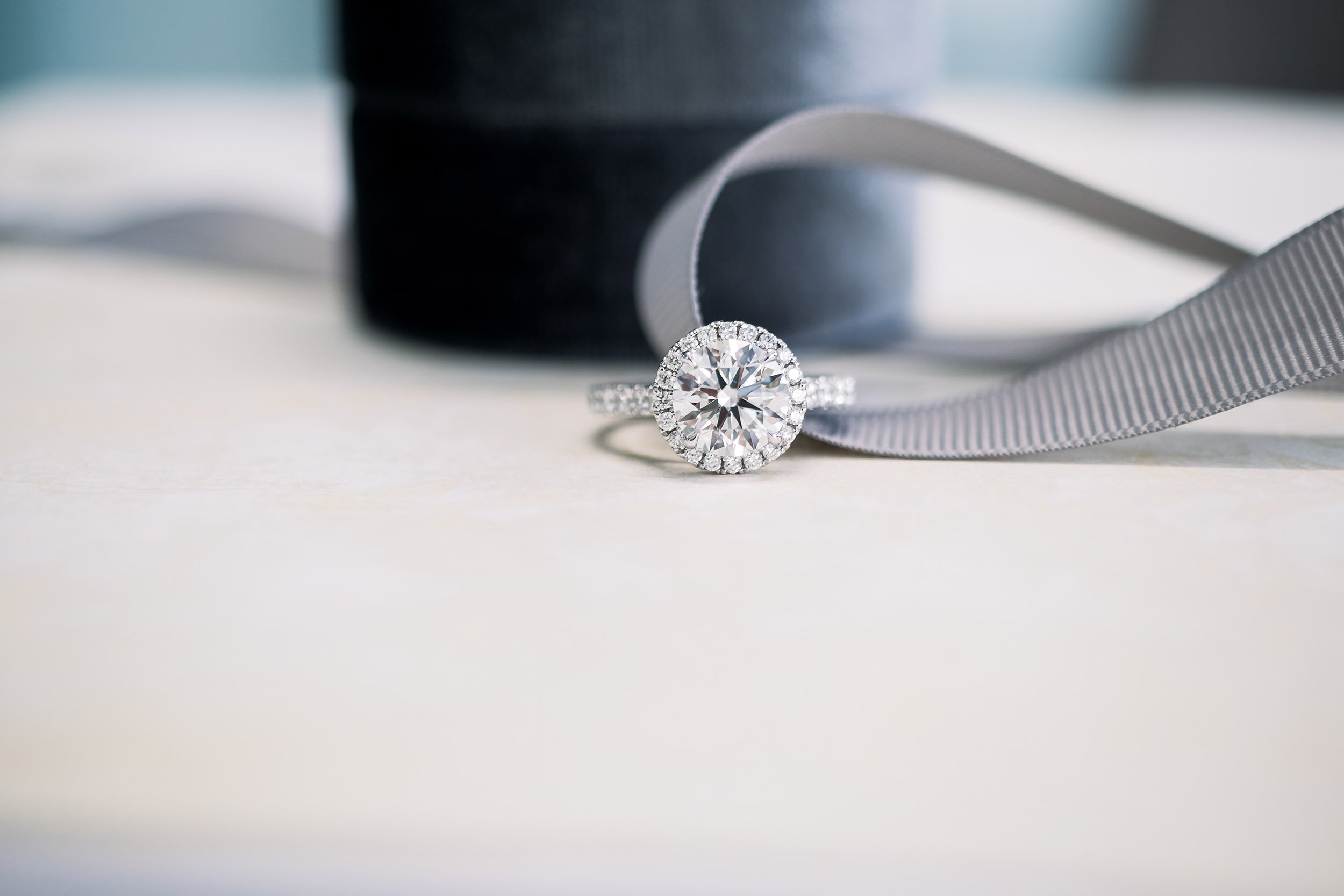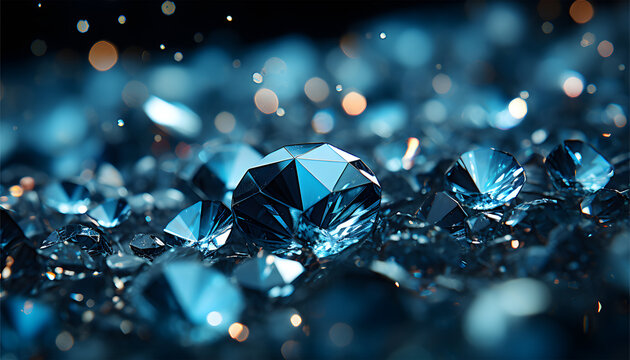
With regards to picking either white sapphire vs diamond, particularly lab-made diamonds, the decision includes several factors. This article explores these factors, offering a thorough comparison to assist you with making an informed decision. We will dive into the characteristics, advantages, and drawbacks of each choice, and consider how lab-made diamonds fit into this comparison.
Understanding White Sapphires and Diamonds
What is a White Sapphire?
White sapphires are a kind of corundum that is colorless, looking like diamonds. They are valued for their clarity and brilliance however are less notable than diamonds. Sapphires are created from aluminum oxide and can arrive in a range of colors, with white sapphires being a transparent variant.
What is a Diamond?
Diamonds are made out of carbon atoms arranged in a crystal lattice structure, which gives them their exceptional hardness and brilliance. They come in various colors, yet the most pursued are colorless diamonds, known for their unparalleled sparkle and light dispersion.
What Are Lab-Made Diamonds?
Lab-made diamonds, also known as manufactured or refined diamonds, are created in a controlled climate utilizing advanced innovation. These diamonds have the same physical and chemical properties as natural diamonds, making them virtually indistinguishable from their mined counterparts.
Comparing White Sapphires and Diamonds
White Sapphire
White sapphires have a glassy shine however typically display less brilliance than diamonds. Their sparkle is because of their refractive record, which is lower than that of diamonds. While they can be staggering, their light performance doesn’t match the exceptional fire and brilliance of diamonds.
Diamond
Diamonds are prestigious for their brilliance and fire, thanks to their high refractive record and dispersion of light. They mirror and refract light in a way that creates a dazzling display of colors, making them the favored decision for those looking for maximum sparkle.
Hardness and Durability
White Sapphire
White sapphires are relatively hard, scoring 9 on the Mohs scale of hardness. This makes them durable and suitable for everyday wear. In any case, they are still less hard than diamonds and can be inclined to scratching over the long run.
Diamond
Diamonds are the hardest natural substance on Earth, scoring an ideal 10 on the Mohs scale. This makes them amazingly durable and resistant to scratching. Their hardness guarantees that diamonds retain their polish and sparkle for a lifetime.
Cost
White Sapphire
White sapphires are generally more affordable than diamonds. Their lower price tag makes them an attractive choice for the individuals who want the vibe of a diamond without the significant expense. This affordability also allows for larger stones or more intricate settings inside the same spending plan.
Diamond
Diamonds are significantly more costly than white sapphires. The cost of a diamond is impacted by various factors, including carat weight, cut, color, and clarity. Lab-made diamonds offer a more savvy alternative to natural diamonds, however they actually come at a premium compared to white sapphires.
Feel and Appearance
White Sapphire
White sapphires have a classic, elegant appearance however may lack the searing sparkle of diamonds. They are a phenomenal decision for the people who incline toward a more curbed, sophisticated look. White sapphires can be an ideal choice for vintage or antique-style gems.
Diamond
Diamonds are often picked for their exceptional visual appeal. Their brilliance and fire make them the focal point of many fine gems pieces. Diamonds are versatile and can supplement any style, from current to classic.
Lab-Made Diamonds: A Compromise
Lab-made diamonds give a convincing center ground between white sapphires and natural diamonds. They offer the same optical and physical properties as natural diamonds however at a lower cost. Additionally, lab-made diamonds are ethically delivered, avoiding the environmental and human freedoms concerns associated with traditional diamond mining.
Advantages of Lab-Made Diamonds
Practical: Lab-made diamonds are typically 20-40% more affordable than natural diamonds of similar quality.
Ethical and Sustainable: These diamonds are created in controlled conditions, ensuring ethical practices and minimal environmental impact.
Superior grade: Lab-made diamonds have the same brilliance, hardness, and durability as natural diamonds.
Disadvantages of Lab-Made Diamonds
Seen Value: Certain individuals may see lab-made diamonds as less valuable than natural diamonds, notwithstanding their identical physical properties.
Resale Value: Lab-made diamonds may not hold their value as well as natural diamonds in the resale market.
Making Your Decision
Picking between white sapphires, diamonds, and lab made diamonds relies upon your priorities and inclinations. In the event that you value maximum brilliance and durability, a diamond, especially a lab-made one, may be the best decision. Then again, on the off chance that financial plan constraints are a significant factor, or you lean toward a more understated look, a white sapphire could be a suitable alternative.
Lab-made diamonds offer a mix of the traditional appeal of natural diamonds and the ethical considerations that cutting edge buyers often look for. They give an incredible choice to the people who want the beauty and durability of diamonds without the associated costs and ethical worries.
Conclusion
In summary, both white sapphires and diamonds have their exceptional attributes and appeal. White sapphires offer an affordable and classic alternative to diamonds, however they lack the brilliance and hardness of their more costly counterpart. Lab-made diamonds overcome any issues between natural diamonds and white sapphires, offering a sustainable, practical choice with the same noteworthy qualities as natural diamonds.


